Dong Xuan Market, Long Bien Bridge, Bac Bo Palace, and other relics associated with President Ho Chi Minh will be "present" at the thematic exhibition space "A glimpse of heritage."
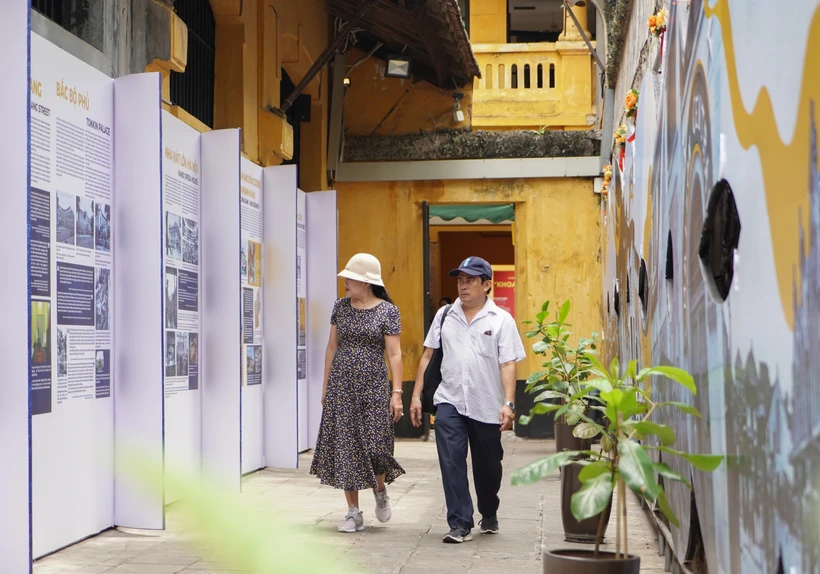
25 historical and cultural relics and revolutionary resistance relics in Hanoi are converging at Hoa Lo Prison Relics in the thematic exhibition space "A glimpse of heritage."
This is an exhibition organized by the Hoa Lo Prison Relic Management Board on the occasion of the 25th anniversary of Hanoi being awarded the title "City for Peace " by UNESCO (July 16, 1999 - July 16, 2024).
Through documents, images, and exhibits, many relics associated with President Ho Chi Minh are introduced. Among them, the Tonkin Palace, formerly the Governor's Palace of Tonkin, was built by the French colonial government, including the office building (built in 1898) and the Governor's Palace (built in 1918). After the French coup (March 9, 1945), Japan changed its name to the Imperial Commissioner's Palace of Tonkin. On August 19, 1945, the people of Hanoi and the self-defense units fought to occupy the Imperial Commissioner's Palace. On August 20, 1945, the building was renamed the Tonkin Palace, which was the residence and workplace of President Ho Chi Minh.
The House at 48 Hang Ngang Street, formerly the home of the patriotic capitalist couple Trinh Van Bo and Hoang Thi Minh Ho, was chosen by the Party Central Committee as the place where President Ho Chi Minh lived and worked when he returned to Hanoi from the Viet Bac resistance base at the end of August 1945. Here, he and the Party Central Committee Standing Committee decided on many important policies on domestic and foreign affairs, on the composition of the new Government and the organization of Independence Day... In a room on the second floor of the house, President Ho Chi Minh wrote the Declaration of Independence of the Democratic Republic of Vietnam.
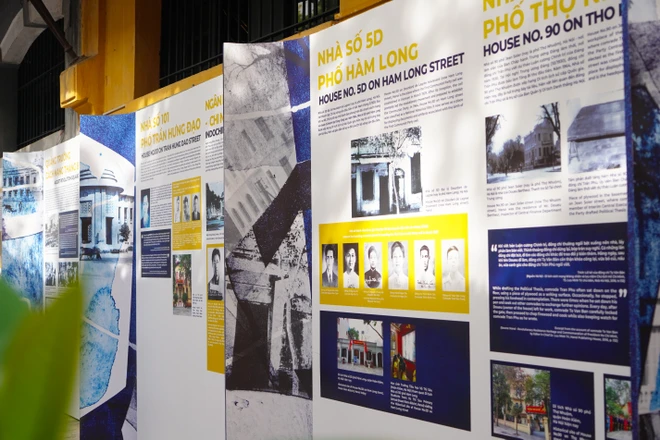
The relic of the House where President Ho Chi Minh lived and worked (December 3, 1946 - December 19, 1946) in Van Phuc, Ha Dong was originally the house of Mr. Nguyen Van Duong. Here, he wrote the Call for National Resistance. On December 18-19, 1946, President Ho Chi Minh chaired the expanded Central Party Standing Committee Conference, approving the Party's Directive for National Resistance and the Call for National Resistance.
The Presidential Palace was formerly the Palace of the Governor General of Indochina, built by the French colonial government in 1900-1907. After the Japanese coup against the French (March 9, 1945), it became the Palace of the Japanese Governor General. In 1946, when they returned to invade Vietnam, the French colonialists used it as the Palace of the Head of State. In October 1954, after the Vietnam People's Army took over the capital, the Palace became the Presidential Palace, where President Ho Chi Minh received domestic and international delegations and where the Government Council met. The building is located in the Presidential Palace Relic Site, and in 2009 was ranked as a Special National Monument.
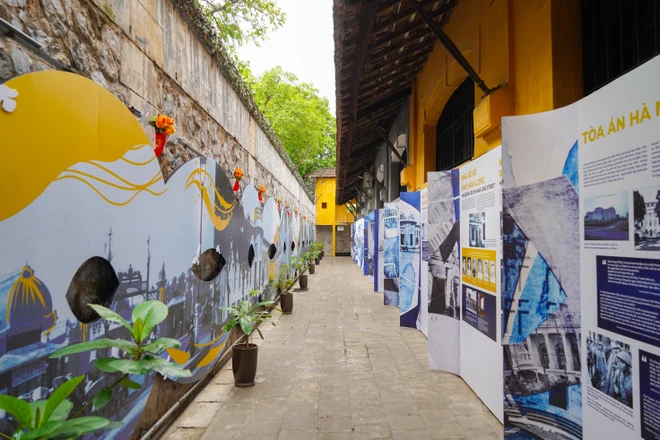
At the exhibition, the public will have the opportunity to explore the history of many works built by the French colonialists, now recognized as national monuments: the Exhibition Area, the Hanoi Court, House No. 90 Jean Soler Street (now Tho Nhuom Street), Hanoi - the workplace of the Provisional Party Central Committee, where comrade Tran Phu wrote the draft of the Party's Political Platform in 1930; House No. 5D Dourdart de Lagrée Avenue (now Ham Long Street), Hanoi - where the first Communist Party cell in Vietnam was established; the Indochina Bank - Hanoi Branch built by the French colonial government on Courbet Avenue (now Ly Thai To Street). Here, in July 1939, General Secretary Nguyen Van Cu temporarily took refuge in the attic to write the work "Self-criticism" ; House number 101 Gambetta Street (now Tran Hung Dao Street) was the headquarters of the Hanoi Military Revolutionary Committee (ie the Uprising Committee) in August 1945.
Also at the exhibition, visitors will have the opportunity to explore the history of familiar monuments: Hanoi Opera House, August Revolution Square, Lang Fortress, Ba Dinh Square, Dong Xuan Market, Hoa Lo Prison, Long Bien Bridge, Hang Trong Post Office, Hanoi Railway Station, Bach Mai Hospital, Hanoi Flag Tower...
The exhibition takes place from July 1 to September 5 at the Hoa Lo Prison Historical Site, Hanoi./.



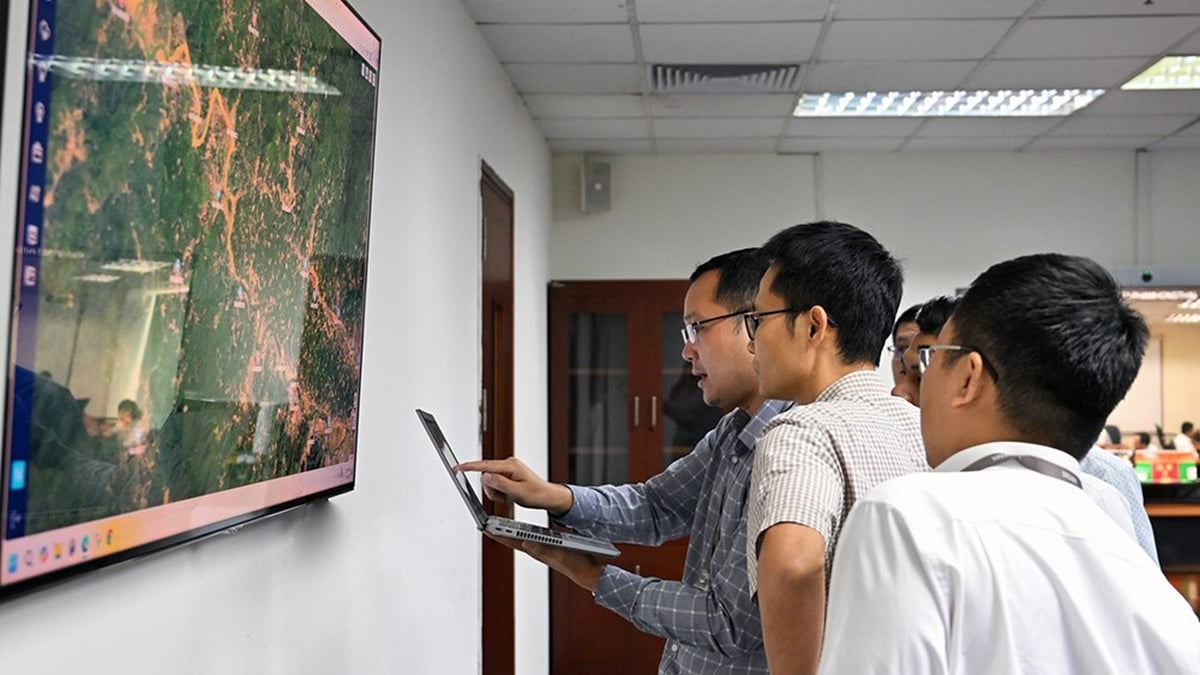
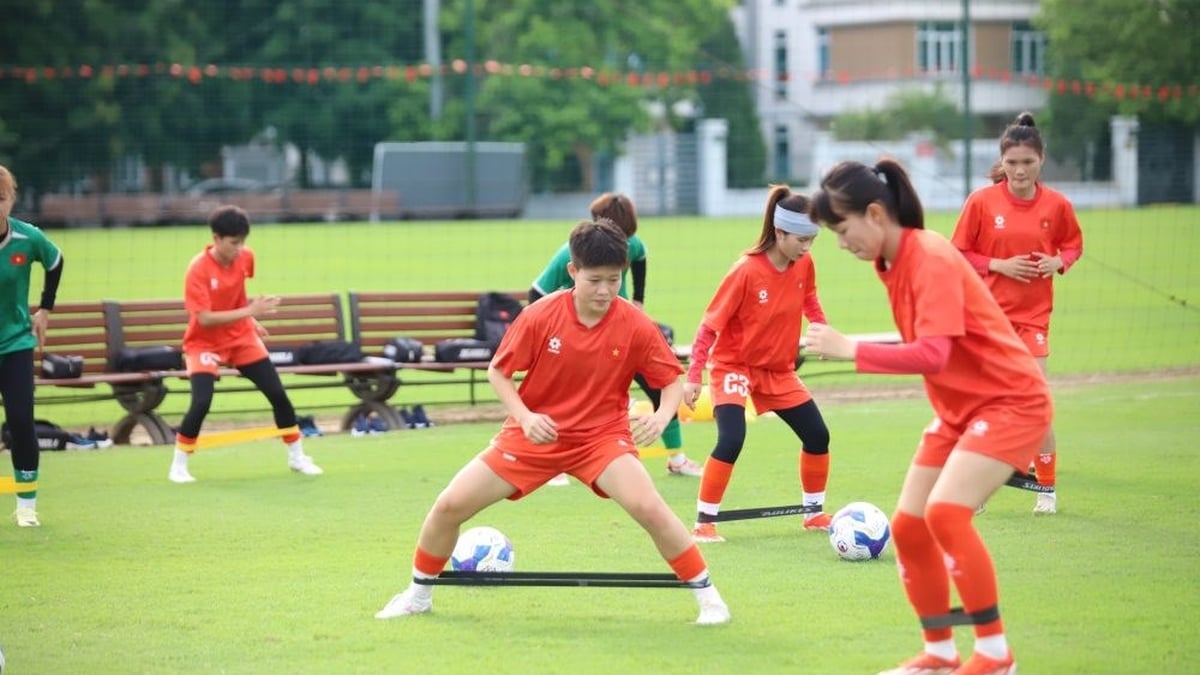

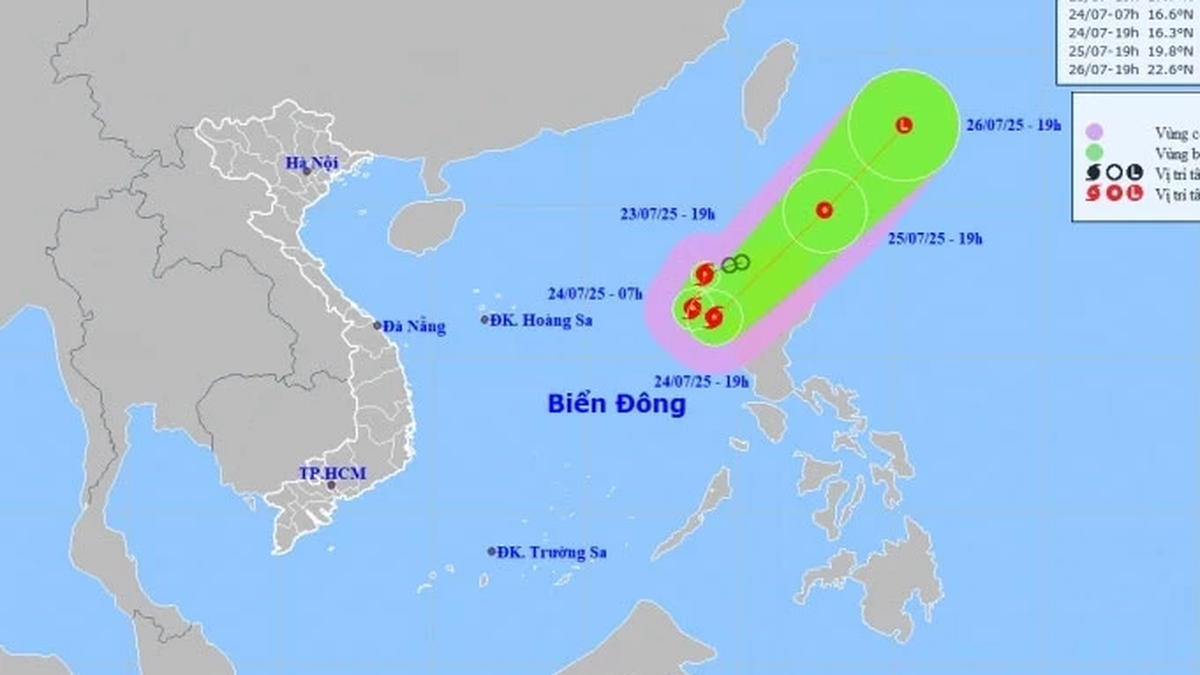
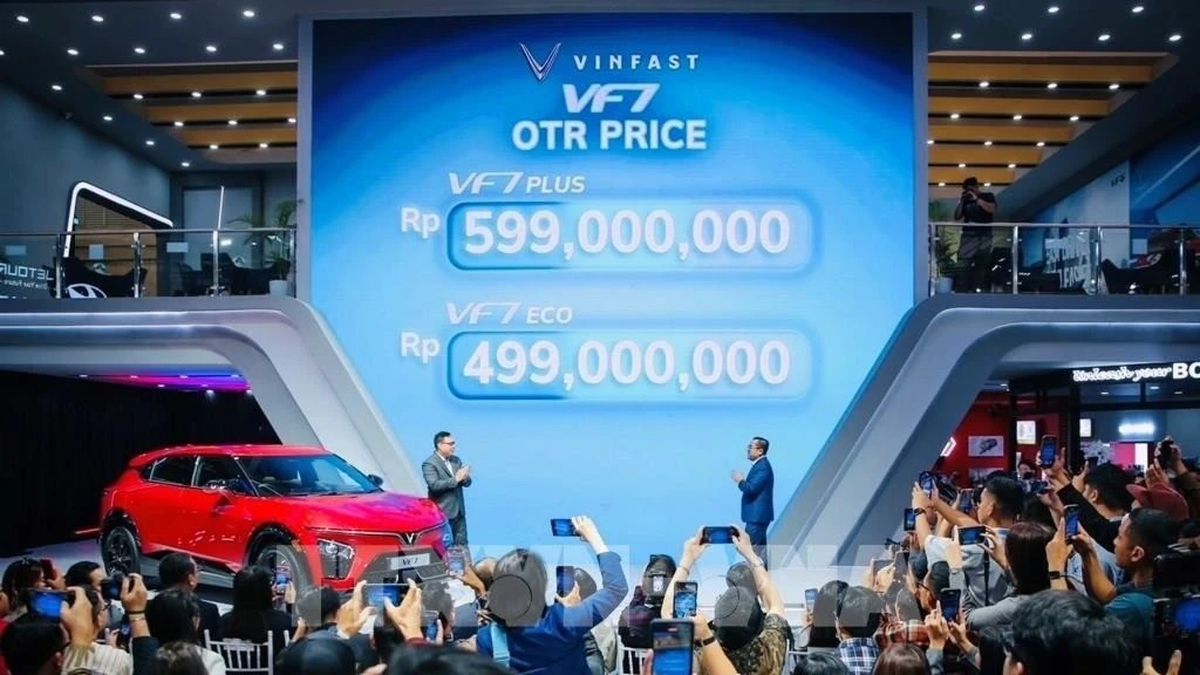
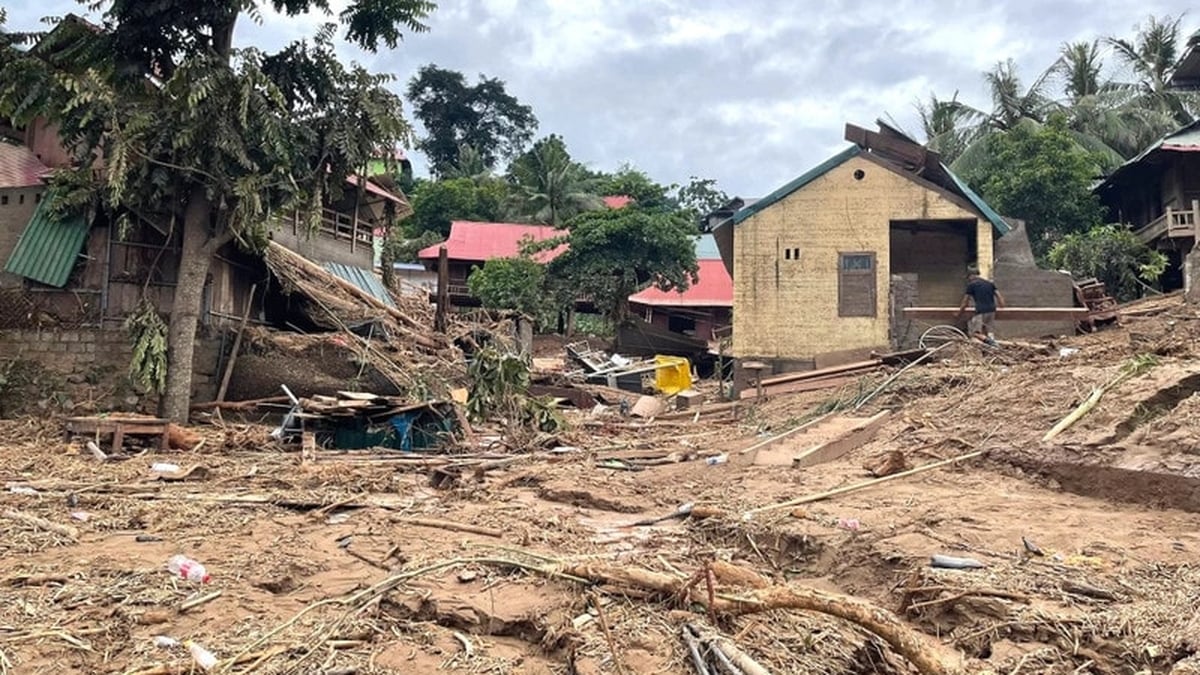
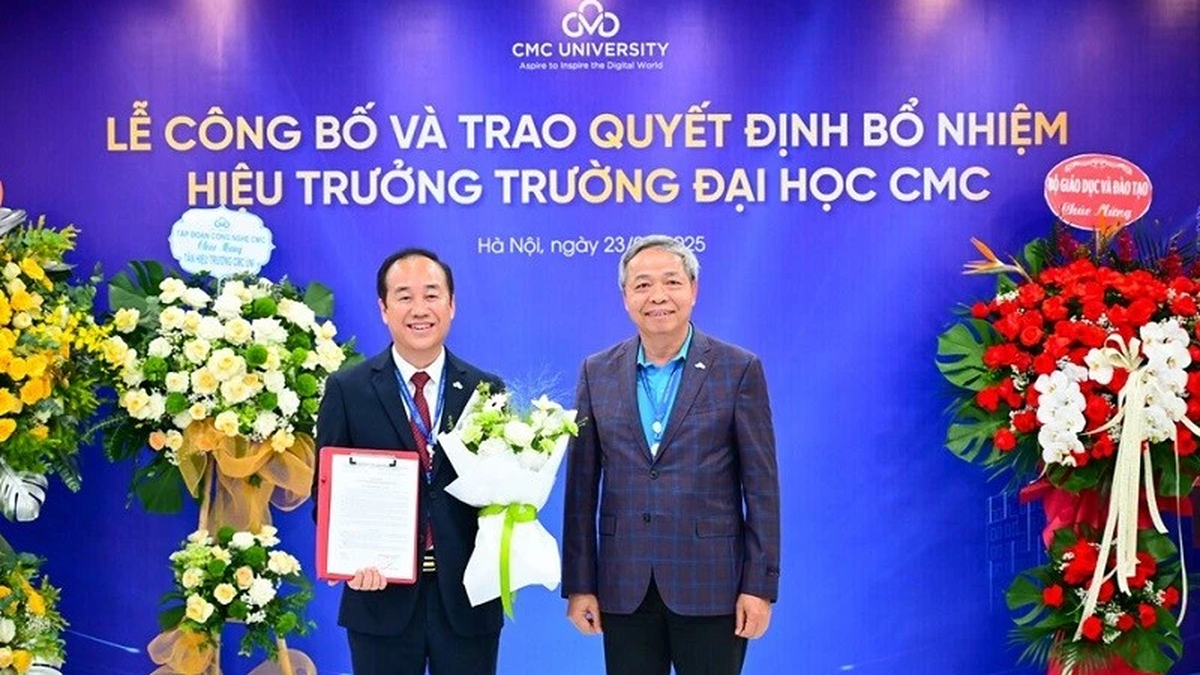
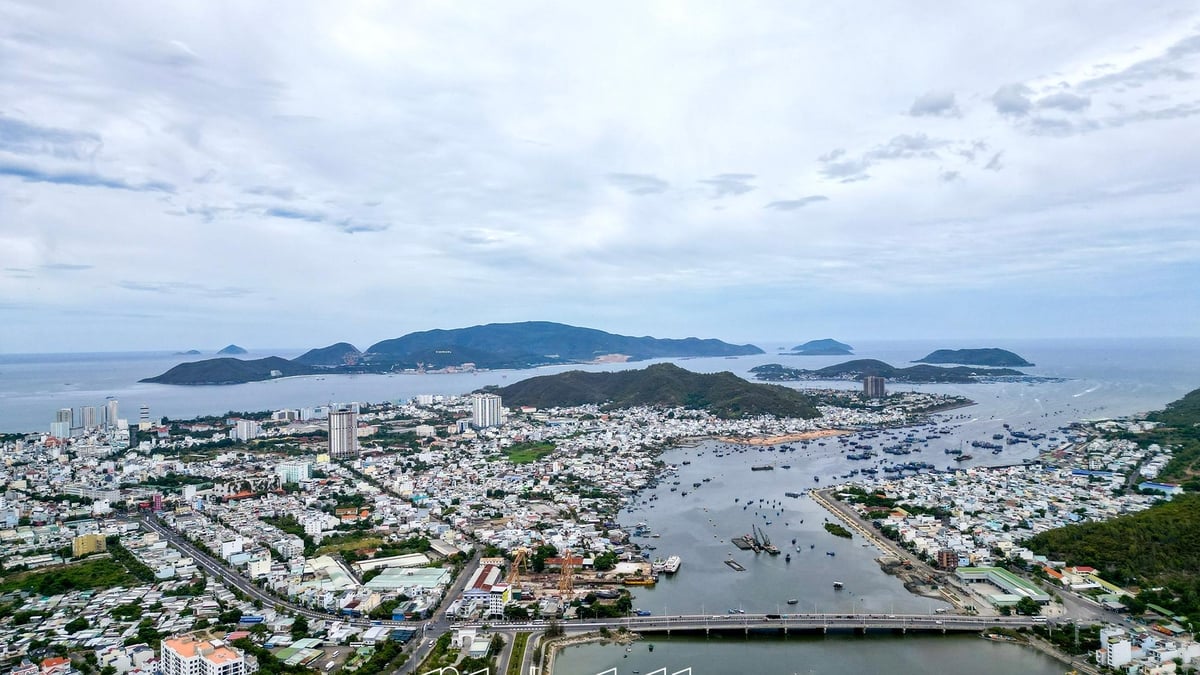











![[Infographic] Vietnam-Senegal traditional friendship](https://vphoto.vietnam.vn/thumb/1200x675/vietnam/resource/IMAGE/2025/7/23/4c96a604979345adb452af1d439d457b)









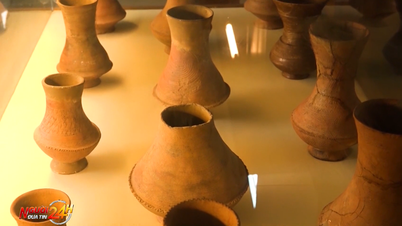

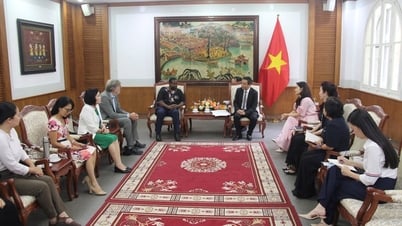

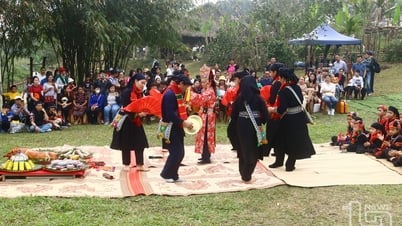
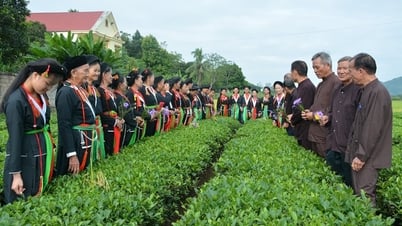

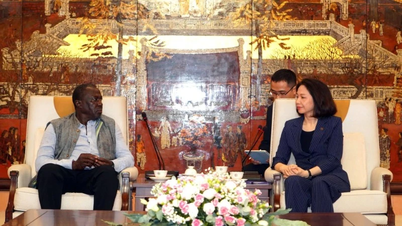


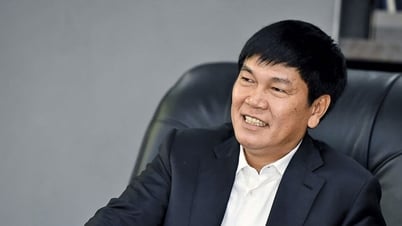

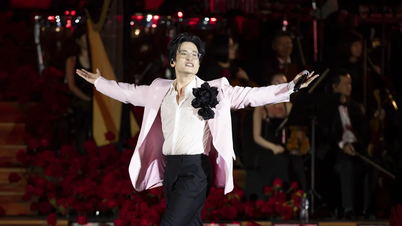





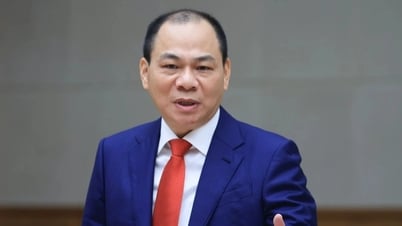
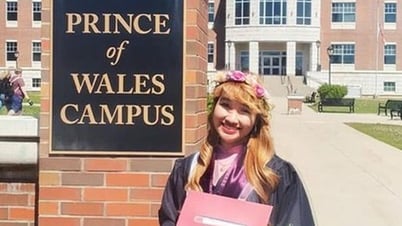


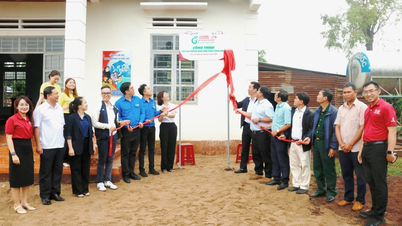

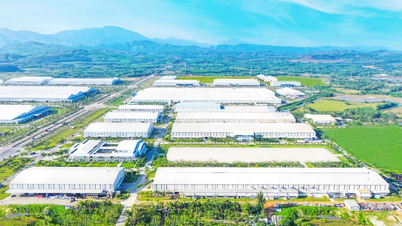
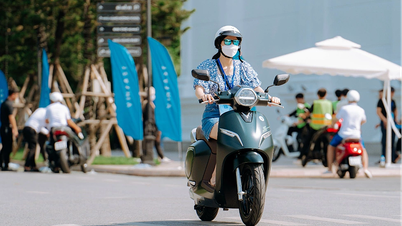




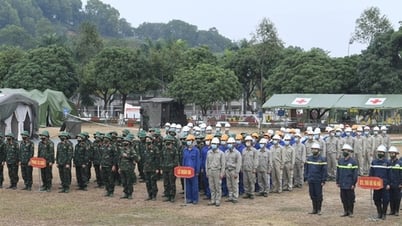

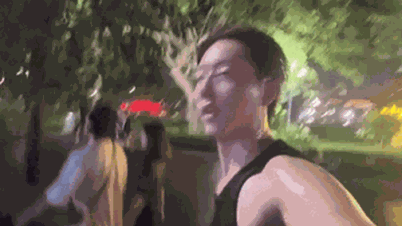


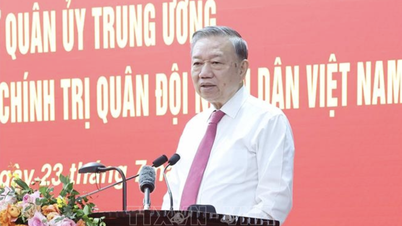

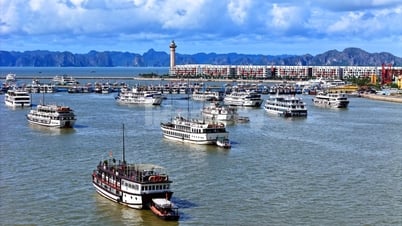



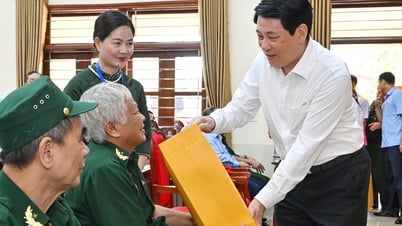

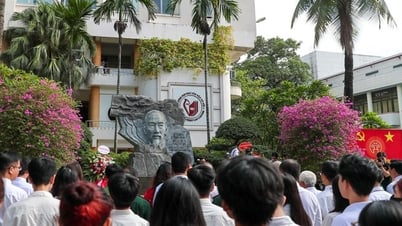

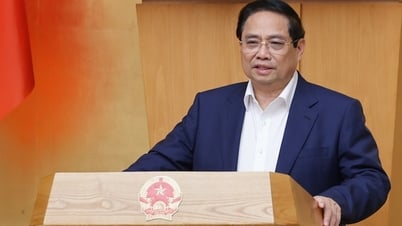
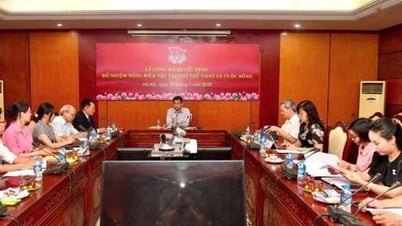
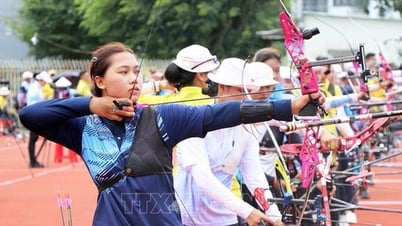
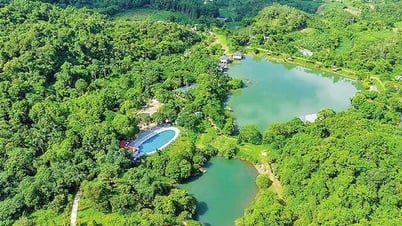







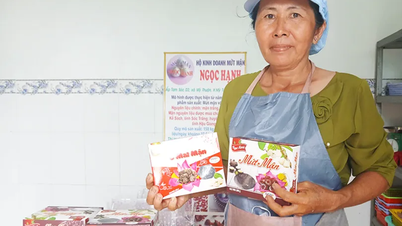

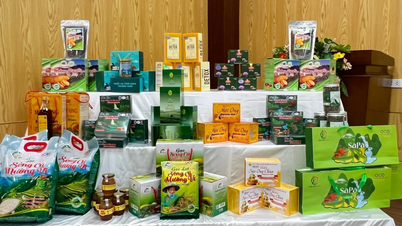



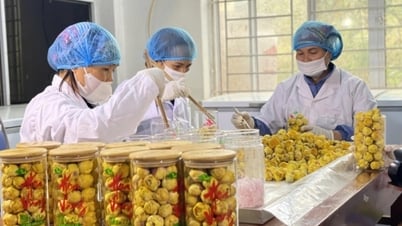

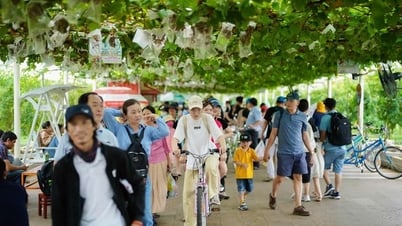






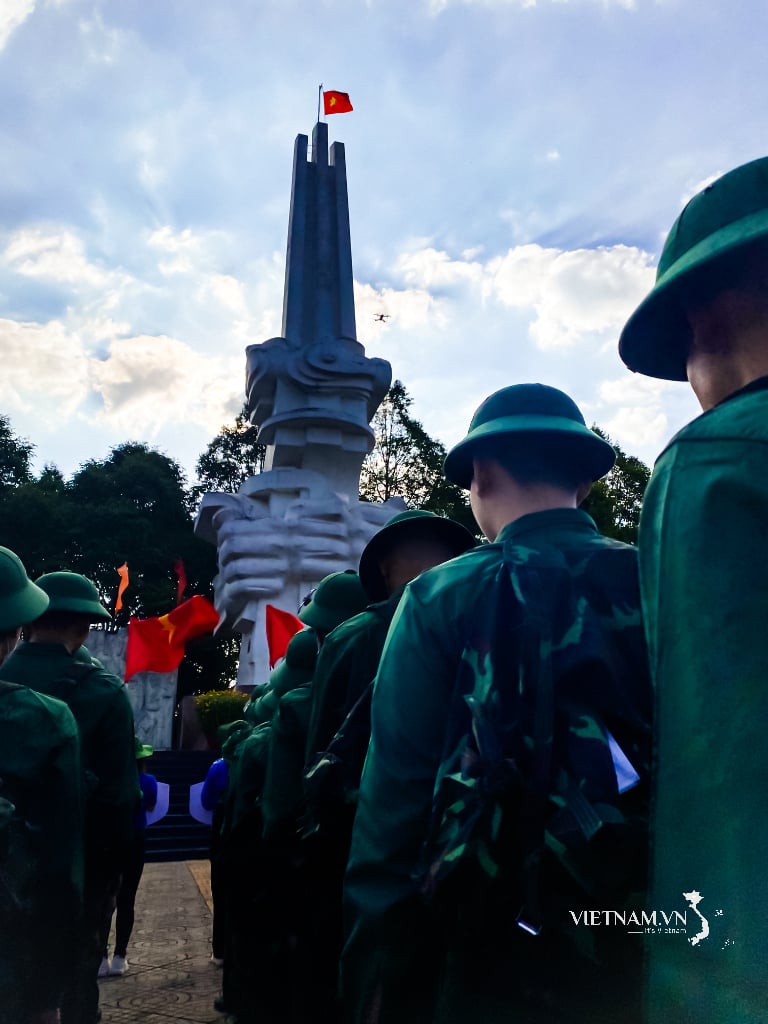
Comment (0)